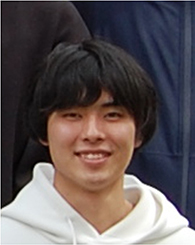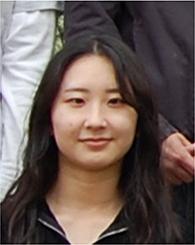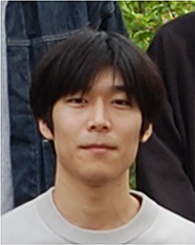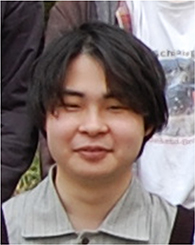Applied optics and Nanophotonics Laboratory,
Associate Professor Ryushi Fujimura's website
Optical Engineering Program, Division of Engineering & Agriculture, Graduate School of Regional Development and Creativity, Utsunomiya University
In our laboratory, we are investigating energy harvesting devices for extracting energy from sunlight and waste heat and developing the optical recording systems utilizing the holographic recording materials or plasmonic nanostructures. See below for details.

Volume holographic memory (VHM) is a high-density optical data storage system utilizing the principles of holography. The information is stored as a volume hologram and retrieved through the holographic reconstruction process. The VHM has a completely different recording system compared with the other conventional optical recording systems, like a DVD or Blu-ray. For example, thousands of holograms can be multiplexed in the same volume, and lots of data bits are simultaneously retrieved through the two-dimensional image reconstruction. In our laboratory, a novel VHM system have been proposed to resolve existing problems in the conventional system. Furthermore, we are developing a high-performance recording material for realizing a rewritable VHM system.
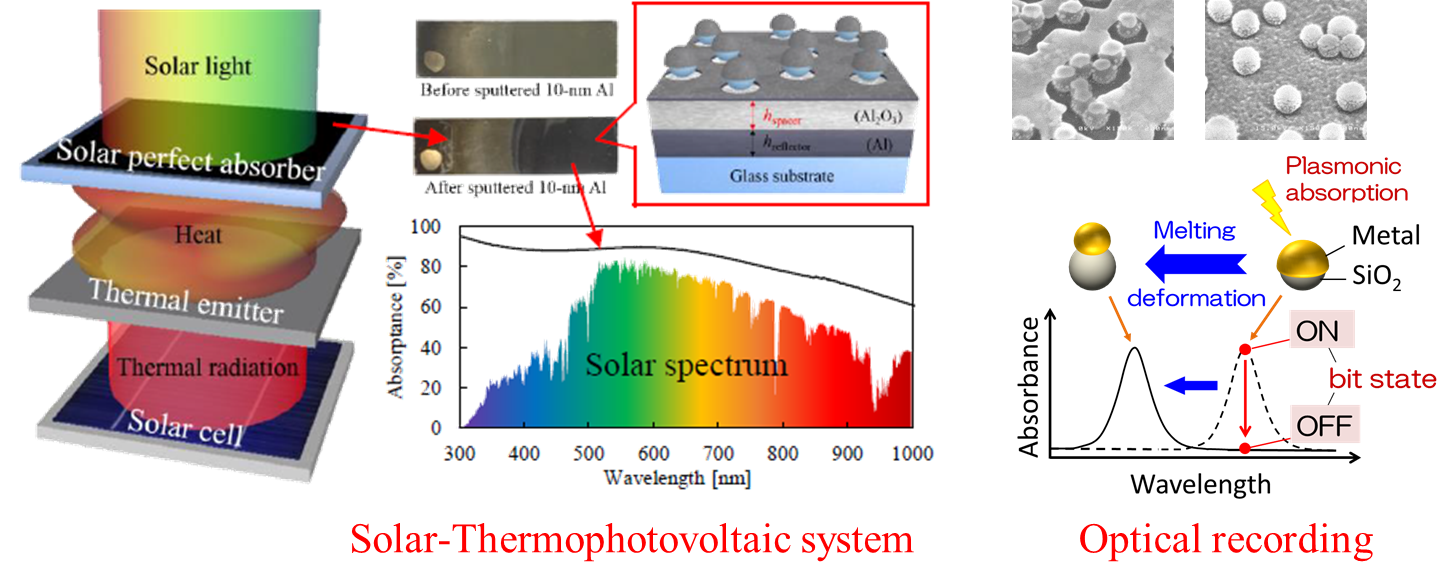
Metallic nanostructures in which dielectric microspheres is partially covered with metal are called semi-shell structures. This semi-shell structure has a large absorption cross section owing to the surface plasmonic resonance (SPR). Therefore, these nanostructures can efficiently absorb the incident light energy and convert it into heat. Using this photothermal effect in the semi-shells, we are trying to develop the efficient Solar-Thermophotovoltaic (STPV) system that generates energy from sunlight via the thermal energy. We are also investigating the optical recording system and its recording media using the photothermal deformation of the semi-shell structures.
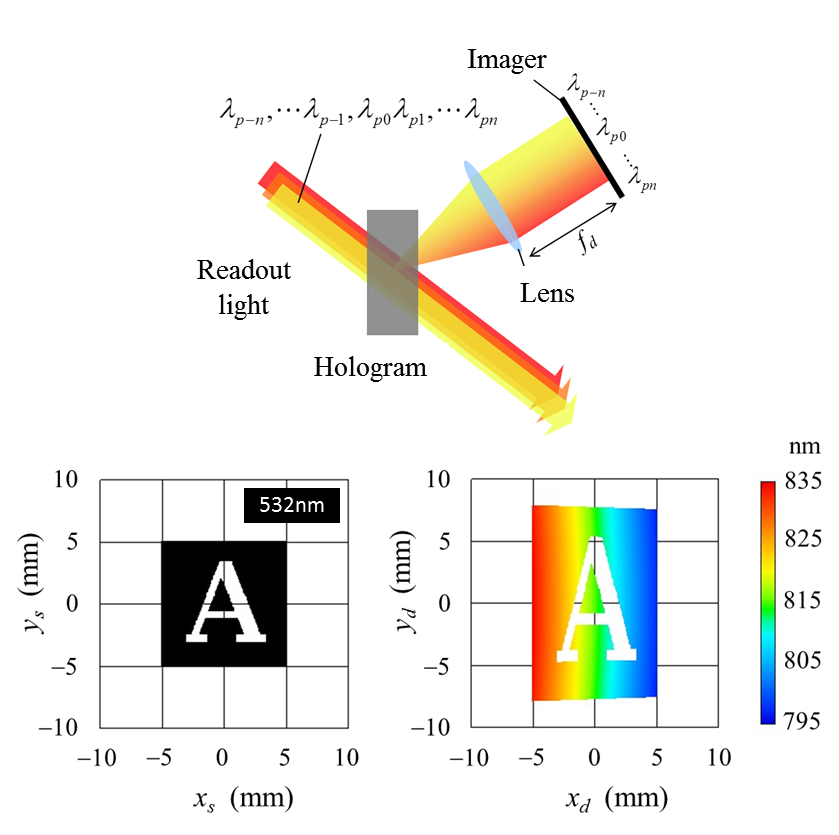
Polychromatic reconstruction (PCR) is a novel holographic reconstruction method that uses a broadband light source to reconstruct the image from volume holograms. We have shown that PCR enables us to develop the system that satisfies all of the high density recording, nondestructive readout, and large readout margin, which have been long-term problems in the conventional monochromatic reconstruction.
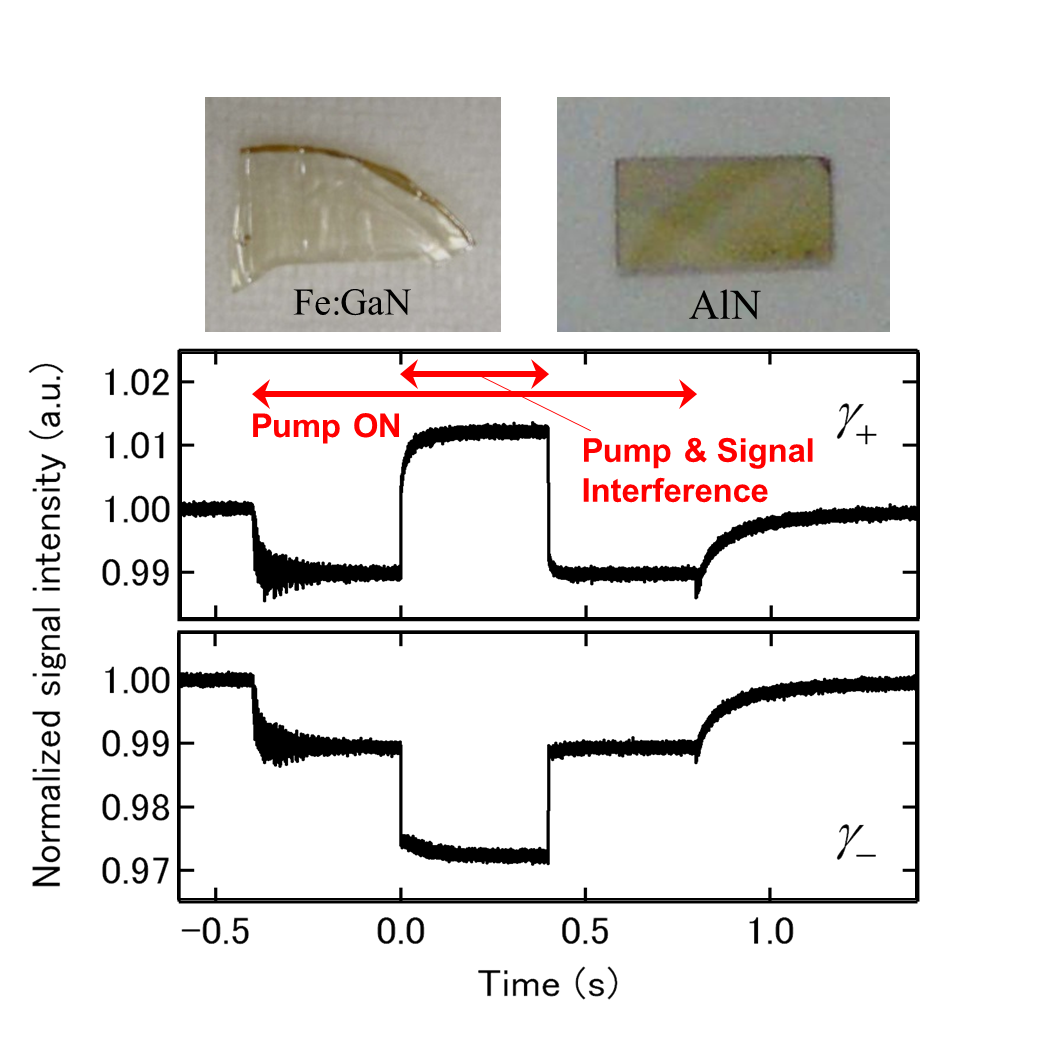
Wide bandgap nitride crystals have the potential to be promising hologram recording media that posess the charcteristics of the high recording sensitivity and the long-term storage ability, which could never be achieved in the conventional photorefractive materials. We have observed the photorefractive effect for the first time in semi-insulating GaN crystal and AlN crystal and characterized its photorefcative properties.
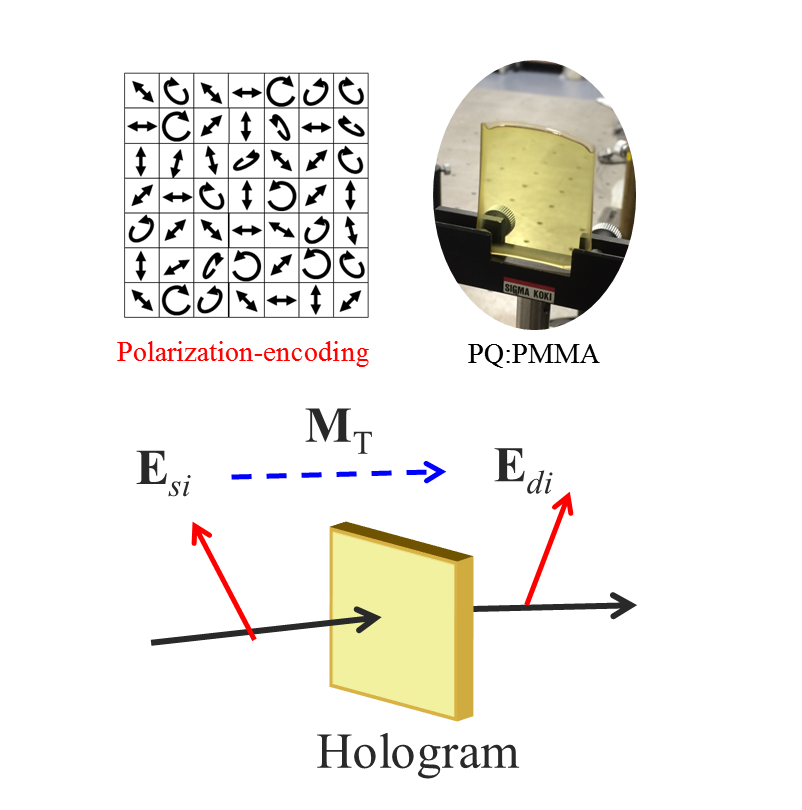
By using polarization or phase state as information, the recording density and data transfer rate can be increased simultaneously, as compared to the conventional ON / OFF binary intensity signal. We have derived theoritical formula for the polarization or phase state of the diffracted light wave and developed the holographic simulator. Using this simulator, we are investigating the optimal coding method in signal wave and analyzing the inter-pixel and inter-page crosstalk noise.
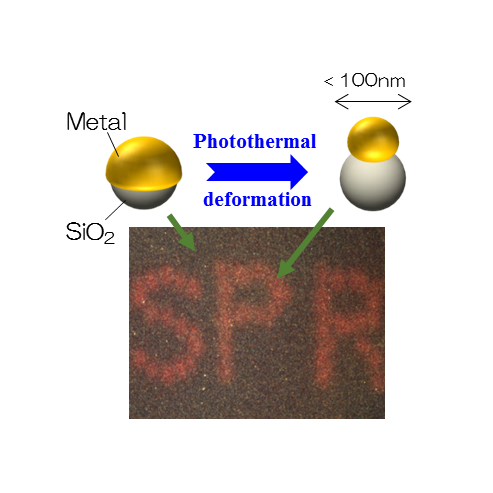
Since the plasmonic resonant wavelength strongly depends on the shape of the metallic shell, the absorption peak significantly shifts after photothermal deformation. Our research group has proposed an optical memory using this photothermal deformation. We are investigating the basic characteristics of photothermal deformation and are developing the recording substrates for high-density recording.
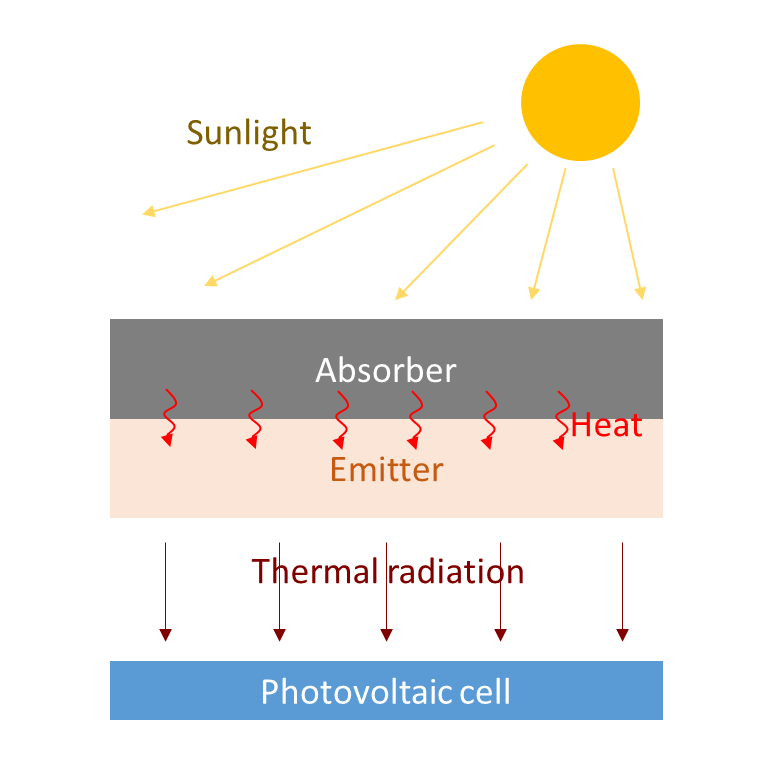
The STPV system is a clean power generation system that convert the solar energy to electricity via the thermal energy. In the STPV system, a broad spectrum of solar light is absorbed by an absorber, converted into heat, and then transfered to the emitter. The emitter radiates the narrow-band infrared light that matches the sensitive wavelength of the photovoltaic cell. In our laboratory, we are developing an efficient absorber and emitter using plasmonic nanostructures.
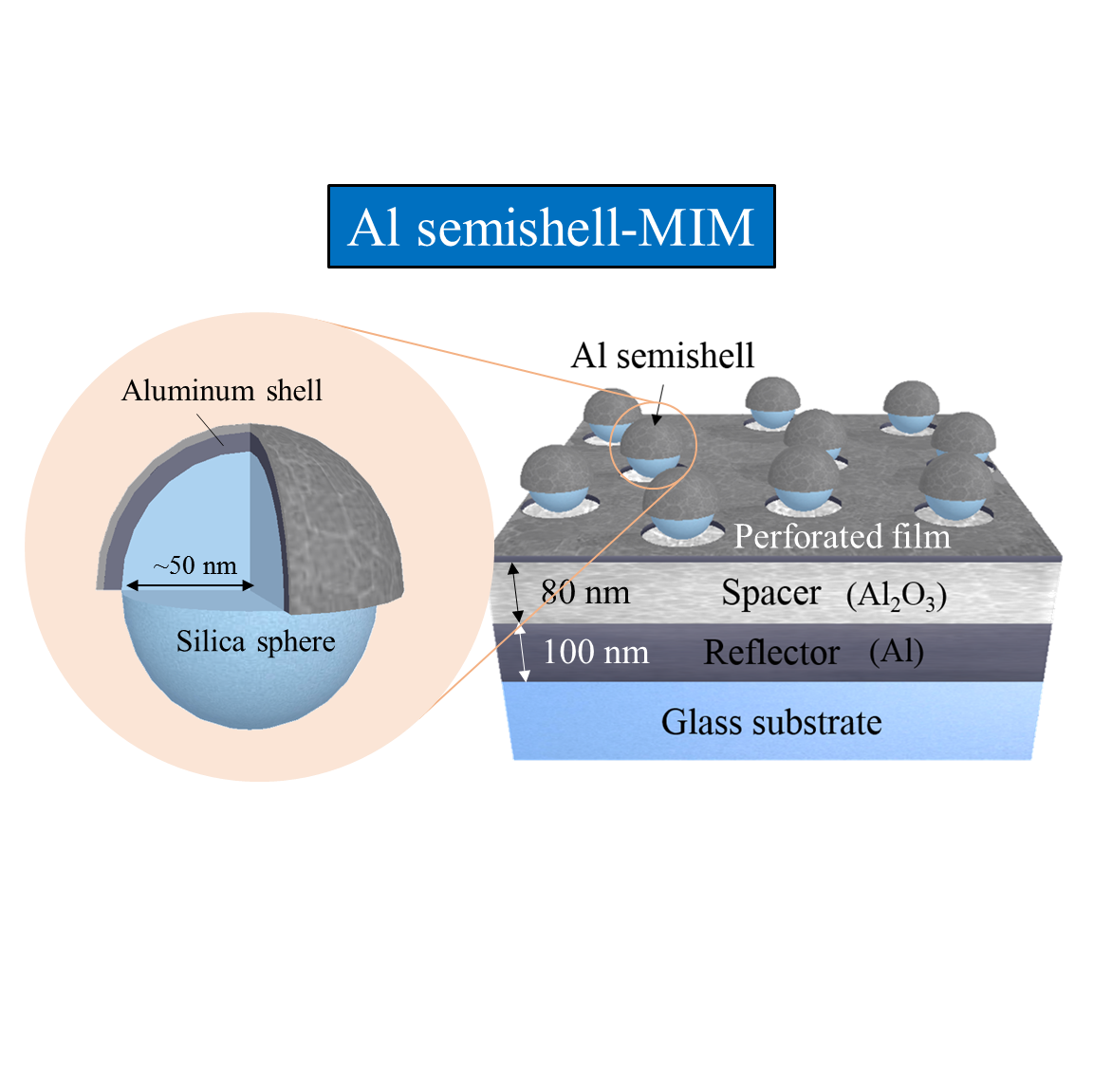
We have found that the Al semi-shell structure has high thermal stability unlike the case of Au and Ag, and thus can be used in high temperature applications like a STPV system. Based on this concept, we have tried to develop an efficient absorber by using the Al semi-shells and demonstrated that the Al semi-shell combined with a metal-dielectric-metal (MIM) structure shows very large absorbance in wide spectral range.
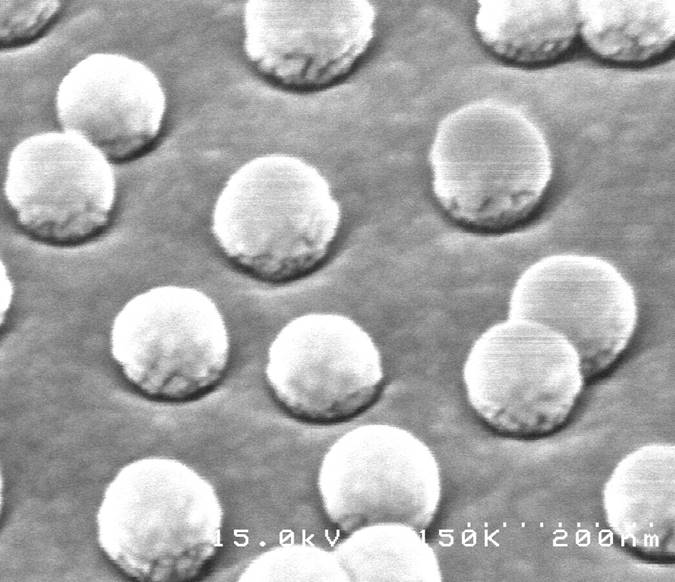
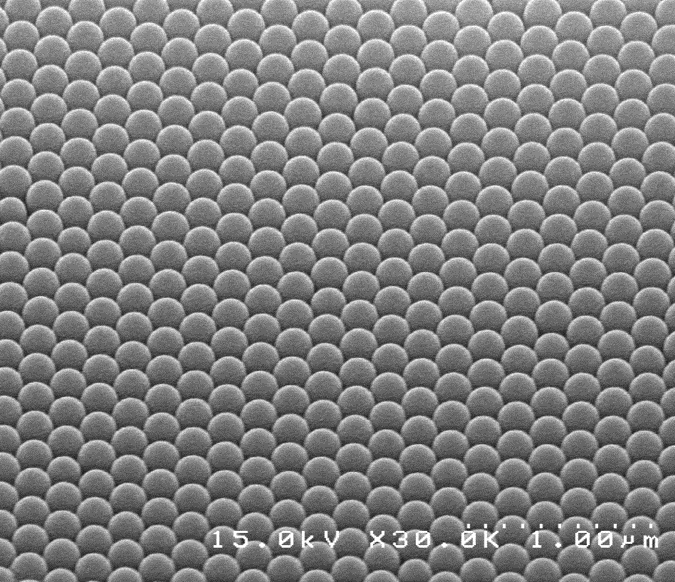
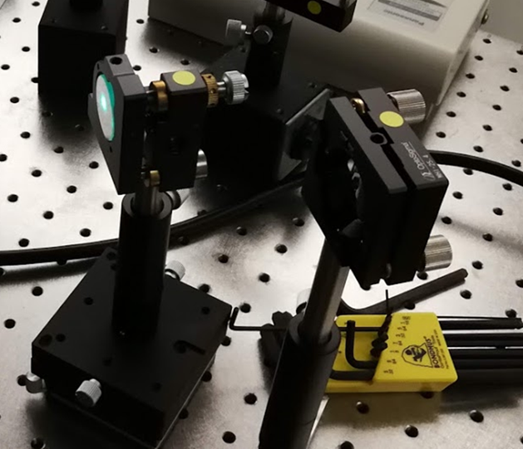
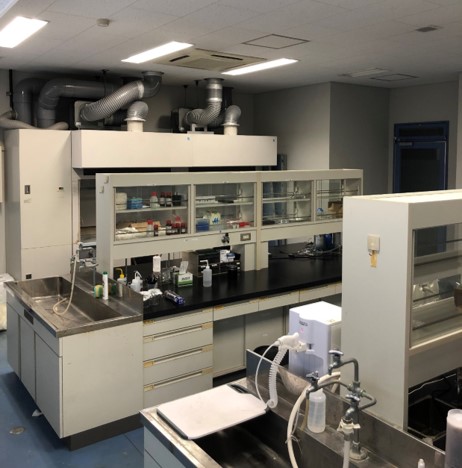
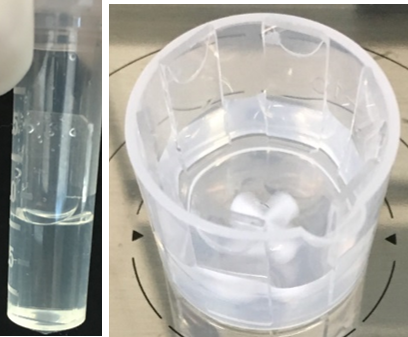
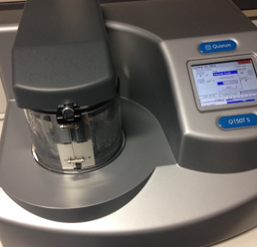
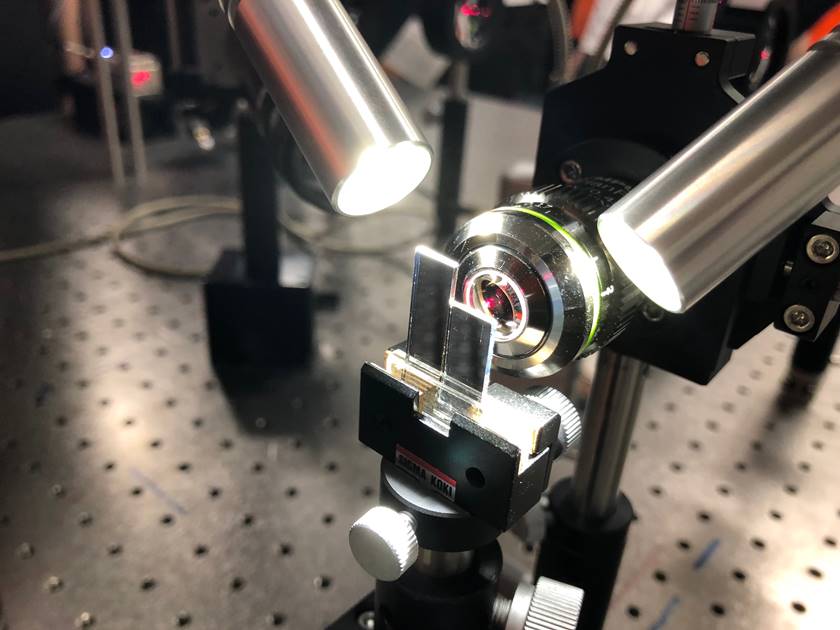
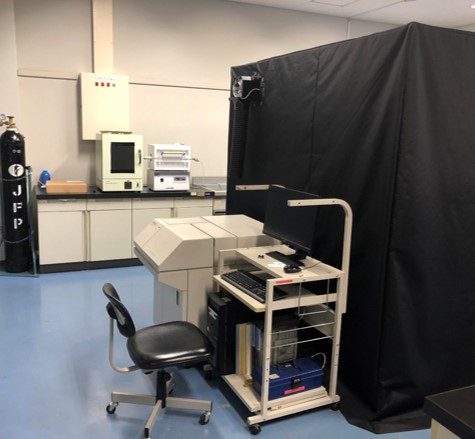
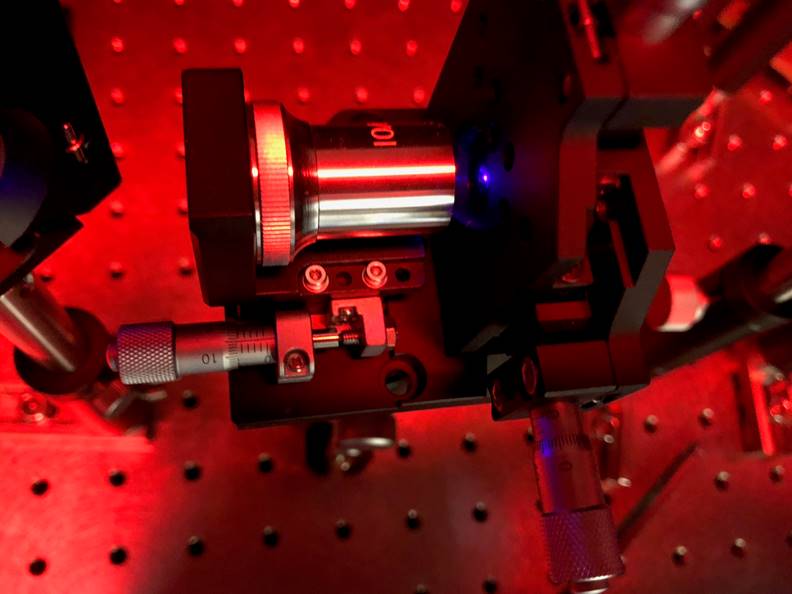
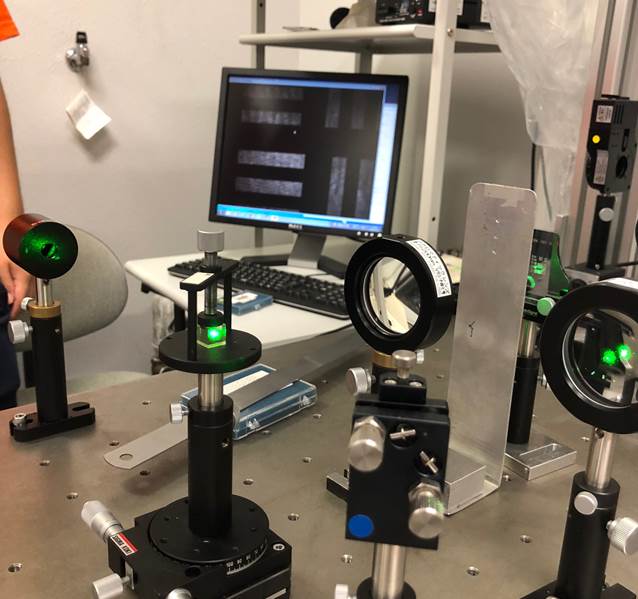
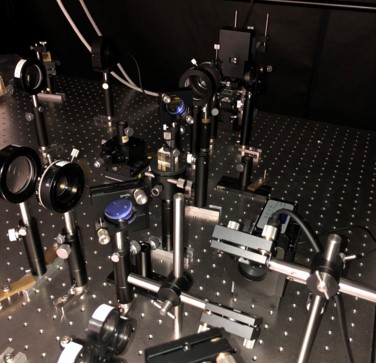
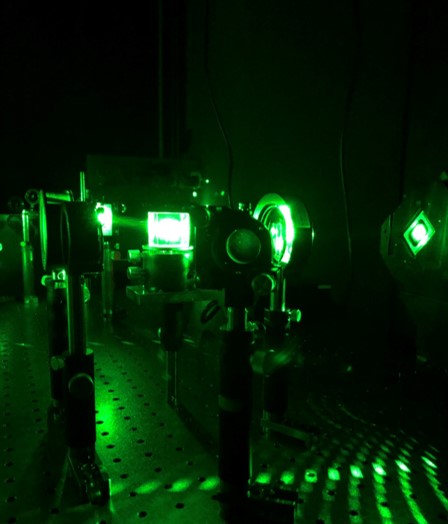
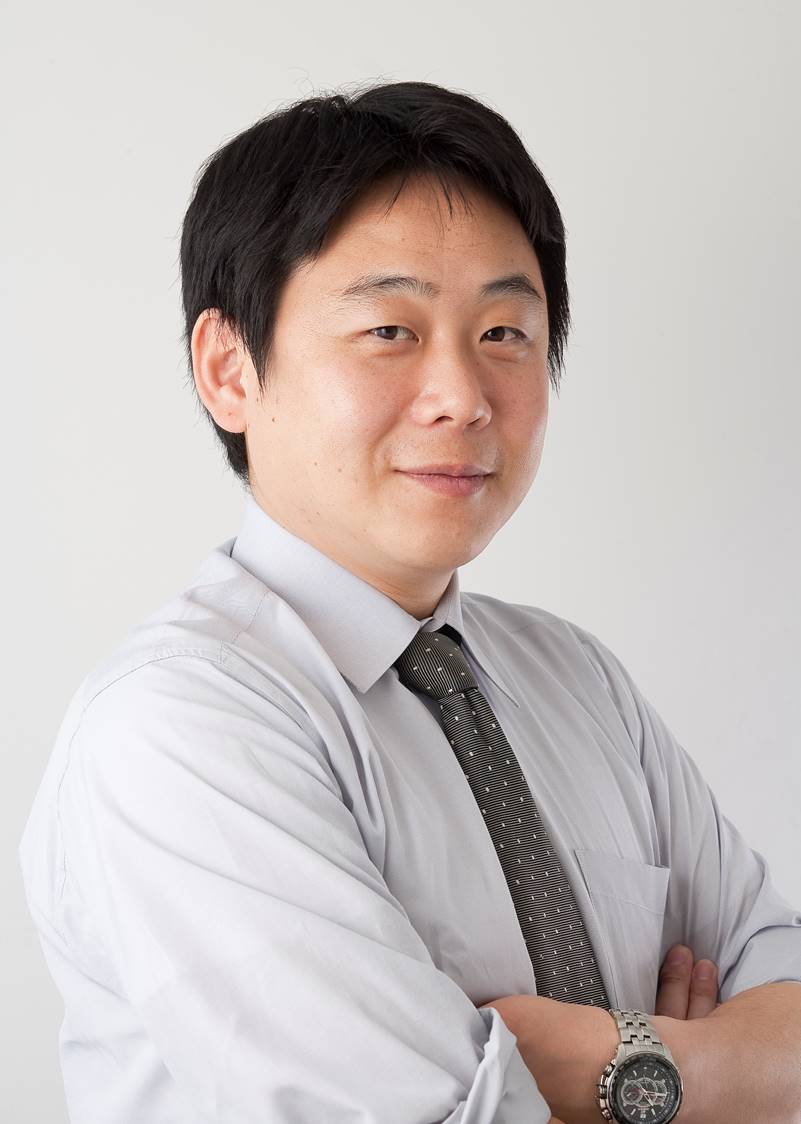
Holography group
Holography group
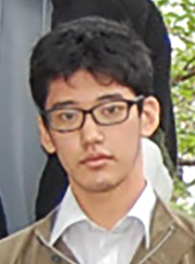
Holography group

Plasmon group
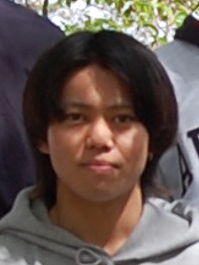
Holography group
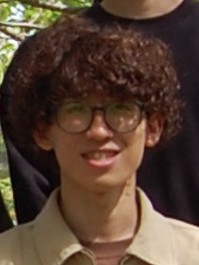
Holography group
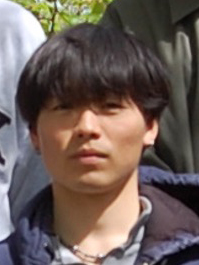
Holography group
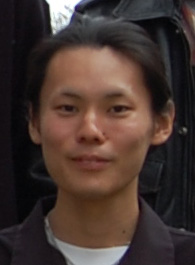
Holography group
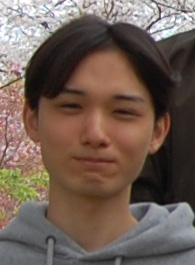
Holography group
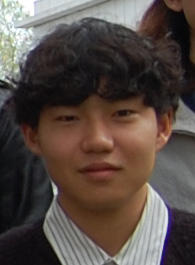
Holography group
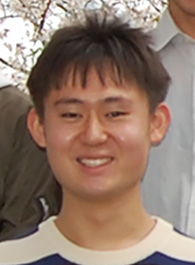
Plasmon group
